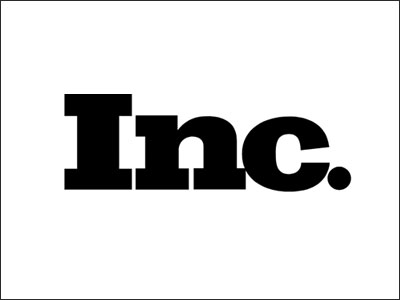Supply Chain Trade & Logistics Consulting

In attending the Southern California E-Commerce & Logistics Summit, it is clear that focusing on global logistics as a system of systems is paramount (special shout out to Fran Inman for the use of her phrase). Not one link in the supply chain can succeed on its own. For example, you might have a reliable, cost-effective supplier in Asia; however, if the product gets held up in trucks or at the Asian ports, cannot cross the South China Seas because China is aggressively doing military exercises, gets stuck in a line at the Panama Canal due to drought conditions, gets diverted from the Suez Canal due to Iran-backed Houthi rebels, gets stuck in a labor strike or diverts around a natural disaster or other event (such as the Baltimore bridge collapse), or cannot get unloaded at the ports in the U.S. due to labor shortages or technology issues, cannot get picked up at the ports due to lack of trucks or drivers due to regulations, or gets stuck at cross-dock facilities, in warehouses, trucks, rail, or at commercial airports, the entire system comes to a halt. Logistics is dependent on a system of systems.
How Do You Benefit from Supply Chain Trade & Logistics Consulting?
Sales & Marketing
Sales and Marketing leaders will gain high levels of service for their customers with on-time-in-full (OTIF) levels in the high 90’s, shorter lead-times, and high ratings on customer scorecards. They also will gain improved levels of responsiveness to customer needs and confidence in new product rollouts.
Engineering
For engineer-to-order (ETO) and configure-to-order (CTO) businesses, Engineering leaders will gain visibility into workload requirements to support drawings, customer approvals, and bill of material designs. They will be able to plan for the appropriate level of engineering capacity and capabilities.
Manufacturing
Manufacturing leaders will gain visibility into work center, machine, equipment, tooling, maintenance, staffing, and training requirements so that they can plan accordingly. They will also gain visibility into the master production schedule so that they can optimize run sizes with changeovers and costs.
Purchasing
Purchasing leaders will gain visibility into raw material, component, ingredient, and outside processing requirements so that they can work with suppliers to set up the appropriate programs and contracts to meet customer requirements. Suppliers will have visibility to capacity and scorecards.
Logistics
Logistics leaders will gain visibility into storage, warehousing, handling, picking, packing, shipping, transportation, returns, and equipment requirements so that they can plan accordingly. As gaps arise, service and cost options can be analyzed to expand capacity or capabilities as needed to support customers.
Finance
Finance leaders will gain visibility into sales forecasts, engineering and manufacturing plans, capital expenditure needs, purchase forecasts, staffing and support resource requirements, logistics forecasts, and inventory projections. Thus, they will have revenue, cost, profitability, and cash flow projections.
Planning
Planning leaders will gain visibility into the demand plan, sales orders, quotes, replenishment orders, and work order status so that they can develop the best master production schedule (MPS) to optimize customer service, operational efficiency and working capital. They will gain high service levels and increased margins.





